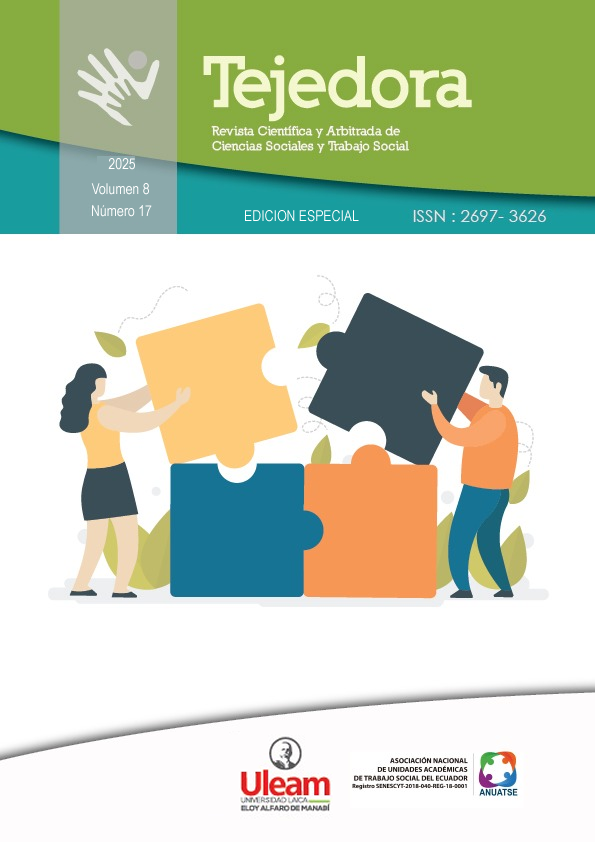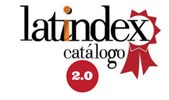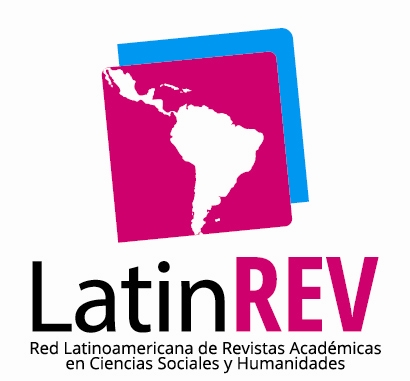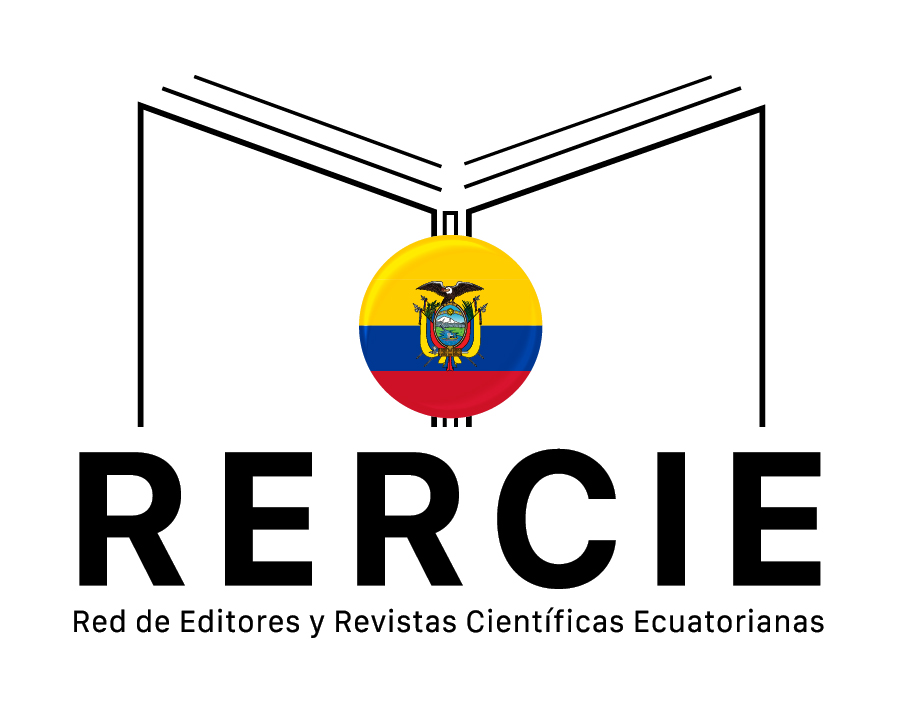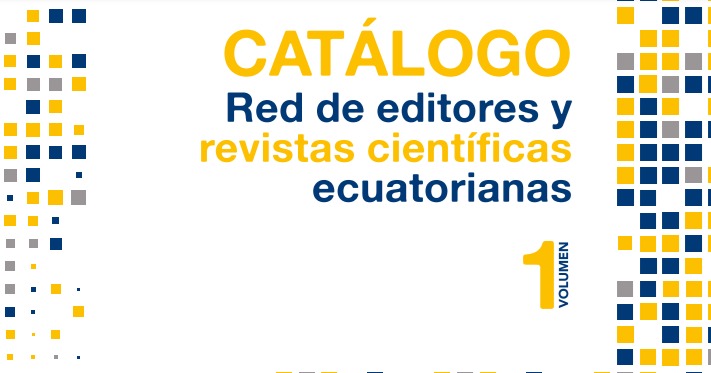EFECTOS DEL CONSUMO DE REALITY SHOWS EN JÓVENES UNIVERSITARIOS: CASO BLN DURANTE EL AÑO 2024
DOI:
https://doi.org/10.56124/tj.v8i19.038Palabras clave:
reality shows, influencia, conducta socialResumen
El presente estudio examina cómo el reality show BLN – La Competencia influye en los cambios de conducta social de los estudiantes de la carrera de psicología perteneciente a la Universidad de Guayaquil durante el año 2024. En la actual época, los reality shows se caracterizan por presentar situaciones reales sin guion y con interacciones espontáneas, lo que ha acrecentado su influencia especialmente entre los jóvenes. Dicho fenómeno se ha intensificado debido al progresivo consumo de medios digitales y televisivos, ampliando la influencia de estos programas en las percepciones de la realidad y las interacciones sociales. Los contenidos de estos shows, centrados en conflictos y comportamientos extremos, pueden modificar prácticas, actitudes y valores, alterando las relaciones interpersonales y el comportamiento de los estudiantes tanto en el ámbito académico como social. La metodología aplicada en este estudio es de enfoque mixto, combinando encuestas a estudiantes para evaluar el consumo del programa y su impacto en las interacciones sociales, junto con entrevistas a expertos académicos para profundizar en las implicaciones educativas y sociales. Los resultados obtenidos responden de manera directa a la pregunta de investigación, resaltando el impacto negativo en la conducta social de los estudiantes universitarios
Descargas
Citas
Bajaña, J. (2017). Influencia de los programas reality en la conducta de los adolescentes. Universidad Técnica de Babahoyo.
Buckingham, D. (2000). After the death of childhood: Growing up in the age of electronic media. Polity Press.
Castells, M. (2019). Comunicación y poder. Alianza Editorial.
Fernández, L., & Ruiz, P. (2020). Estereotipos de género en los medios: Repercusiones sociales y educativas. Editorial Universitaria.
García, M. (2021). La influencia de los medios de comunicación en la construcción de la identidad juvenil. Revista Iberoamericana de Comunicación, 12(2), 45-62. https://doi.org/10.1234/ric.2021.45
Hill, A. (2005). Reality TV: Audiences and popular factual television. Routledge.
https://doi.org/10.4324/9780203643531
Lara, M. (2017). La adolescencia y su relación con los medios de comunicación. Editorial Universitaria.
Livingstone, S. (2009). Children and the internet: Great expectations, challenging realities. Polity Press.
López, J., & Herrera, C. (2023). Televisión y juventud: Análisis crítico de los contenidos en los reality shows latinoamericanos. Observatorio de Medios y Cultura, 18(1), 77-95.
Martínez, D., & Pérez, S. (2022). Impacto de los programas televisivos en la conducta social universitaria. Revista de Psicología y Educación, 10(3), 110-125.
Nabi, R. L., Biely, E. N., Morgan, S. J., & Stitt, C. R. (2003). Reality-based television programming and the psychology of its appeal. Media Psychology, 5(4), 303–330. https://doi.org/10.1207/S1532785XMEP0504_01
Perales, A. (2011). Televisión y cultura juvenil: El fenómeno de los reality shows. Revista Comunicación y Sociedad, 17(2), 119–132.
UNESCO. (2021). Educación para la alfabetización mediática e informacional: Marco de competencias para docentes. https://unesdoc.unesco.org/ark:/48223/pf0000377062
Publicado
Cómo citar
Número
Sección
Licencia
Derechos de autor 2025 Revista Científica y Arbitrada de Ciencias Sociales y Trabajo Social: Tejedora. ISSN: 2697-3626

Esta obra está bajo una licencia internacional Creative Commons Atribución-NoComercial-CompartirIgual 4.0.
